Gyms spend millions of dollars on equipment and try to convince you that they are the only way to succeed. But, what about bodyweight workouts?
The lost art of strength training with nothing more than your body weight as resistance is making a comeback!
Even though it’s popular, we still have to make sure we do it right and make sure the whole body is trained. This will ensure optimal results.
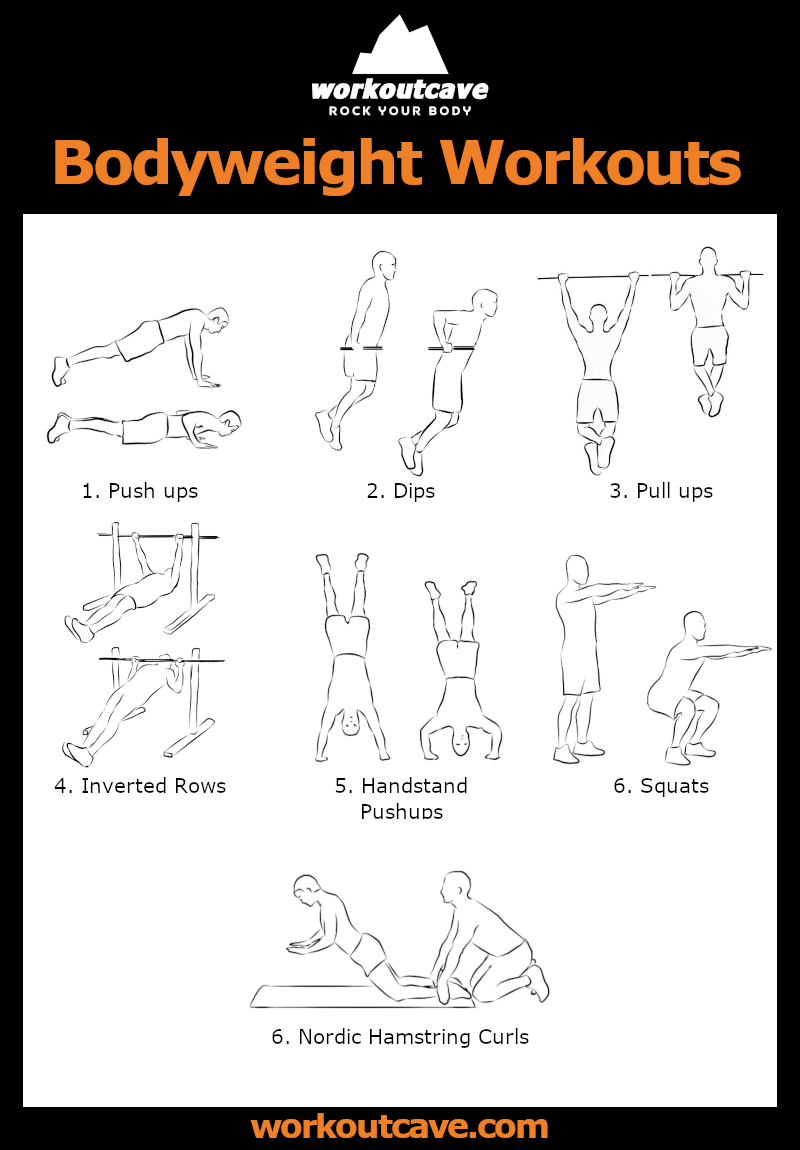
Let’s look at how you can put bodyweight workouts to work!
Movements To Train Each Muscle Group
Pecs
The main movement patterns to work the chest muscles are Pushups and Dips.
Lats/Upper Back
Your back is trained with Pull-ups and Inverted Rows.
Deltoids
Your delts will be hit with chest and back training, but you can also add in Handstand Push-ups for more variation and focus.
Arms
Your biceps and triceps will need no extra focus. They are trained great with the other upper body exercises.
Quads
The quadriceps will be worked effectively with a myriad of Squat variations.
Hamstrings
Hamstrings will be the focus when doing Hip Bridge patterns and Hinge movements, like Nordic Hamstring Curls.
Glutes
If you are training your quadriceps and hamstrings, your glutes need no extra focus.
Calves
Any kind of Calf Raise will work. A Unilateral Calf Raise with your heel off of a platform is best. Stand on a chair and do Calf Raises one leg at a time and make sure you drop your heel below the chair level each rep.
Core
Your Core can be trained in so many ways. This is because your core is required for so many different movement patterns. Here is a good layout to follow:
- Upper Abs: Crunches
- Lower Abs: Leg Raises (hanging or lying)
- Obliques: Russian Twist (weighted if necessary)
- Anti-Rotation: Copenhagen Plank (modified if necessary)
- Lower Back: Reverse Hyperextensions/Supermans
Movements With Progressions & Regressions
Pushups
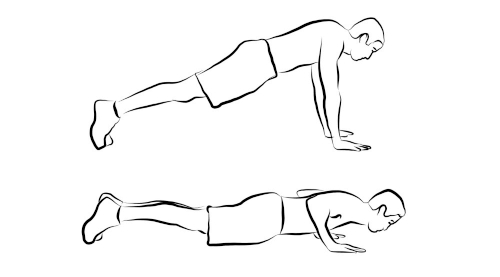
The standard Pushup is done on your hands and feet. Make sure your body stays straight during the movement. Go down until your chest is close to tapping the ground and explode back up. If you are finding standard pushup too easy, check the pushup progressions guide to find variant good for you.
Regressions
Mechanically Assisted Pushups: Perform Pushups on your knees instead of your feet. If this is still too hard, you may start with Wall Pushups.
Progressions
Standard Progression: Perform Pushups with an external load, like a weight vest.
Gymnastic Progression: Planche Pushups.
Dips
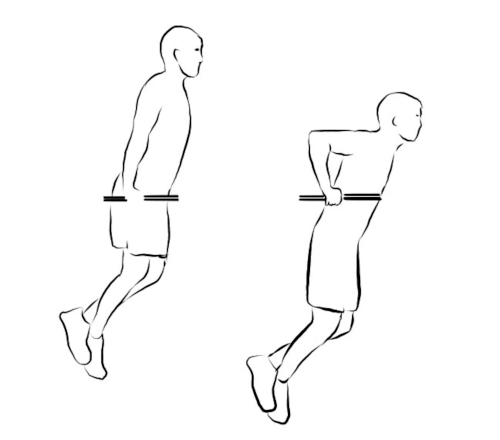
Standard Dips are done on parallel bars. But, they can be performed with any two sturdy, even surfaces. Go down until you have a 90-degree angle at your elbow. Any lower can cause unnecessary shoulder stress.
Regressions
Mechanically Assisted Dips: perform Dips with one, or both, feet on a platform to take away some of the load.
Progressions
Standard Progression: Weighed Dips. Use a weight belt or weighted vest.
Gymnastic Progression: Ring Dips. The form is essentially the same, but the Rings need more strength and stability.
If would like to get more information, I put together a full Dips Progression guide. It will explain how to progress from many different starting point.
Pull-ups
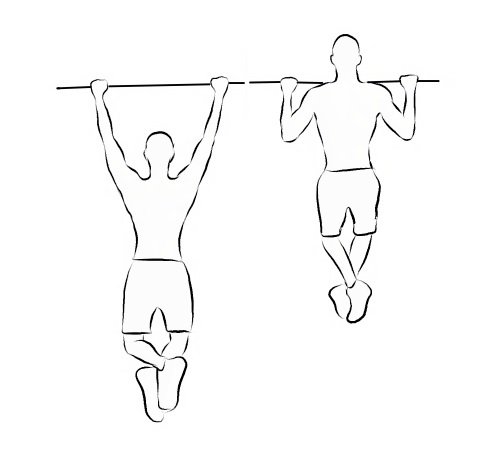
These can be done on a pull-up tower, door pull-up bar, or even a sturdy tree branch. Aim to extend arms fully at the bottom and get your chin fully above the bar at the top. Switch grips when you want to.
Regressions
Mechanically Assisted Pull-ups: perform Pull-ups with one, or both, feet on a stable surface to take away some of the weight.
Negative Pull-ups: Jump to the top of the movement and lower yourself as slow as possible.
Progressions
Standard Progression: Weighted Pullups. Do this with a weight belt or vest.
Gymnastic Progression: Muscle Ups. This movement requires strength and skill and may take a while to learn.
Inverted Rows
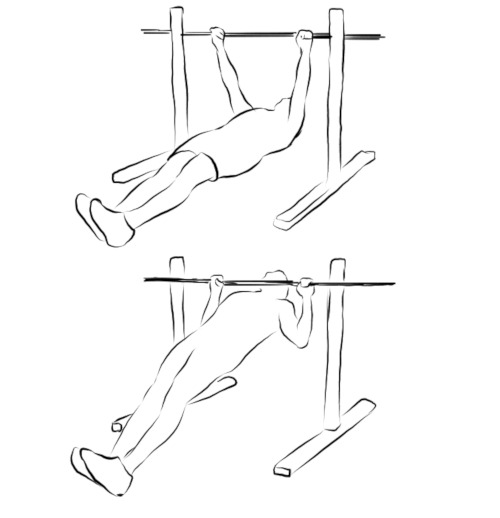
Inverted Rows look like a horizontal Pull Up with your feet on a platform. Grips and angles can be changed for varying training stimulus.
Regressions
Reduced Range Of Motion: simply perform the reps without pulling to the top.
Progressions
Standard Progression: Weighted Inverted Rows. A weight vest is a good choice for this movement.
Gymnastic Progression: Levers. You start by hanging from the bar and pull your feet up and drop your head back. Your body stays straight the whole time and you end the movement parallel with the ground.
Handstand Push-ups
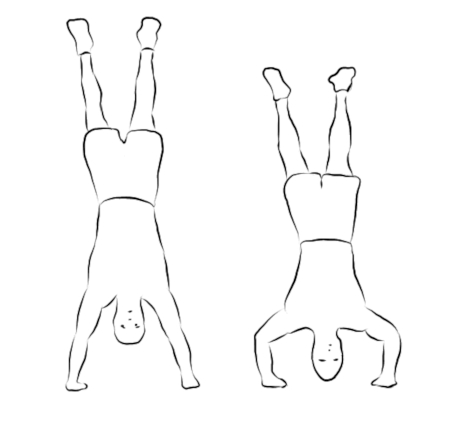
Simply perform a pressing motion while in a Handstand. This can be done with your feet supported against a wall to remove the balance aspect. Go down until your head touches the ground.
Regressions
Pike Press: the form with your upper body is the same. But, instead of being in a Handstand, your feet are either on the ground or on a small platform. Your butt is as high as possible, creating the Pike position.
Progressions
Standard Progression: Weighted HSPU or Elevated HSPU. Use a weighted vest for external load and/or hand your hands on elevated platforms to increase range of motion.
Gymnastic Progression: Unsupported HSPU. Remove the support from your feet and perform the reps in a full Handstand.
Squats

Your legs are strong, so the majority of these movements have to be Unilateral to increase resistance. Pistol Squats and Shrimp Squats are the go-to exercises. The difference between them is just a different center of gravity, slightly altering the stimulus.
Regressions
Assisted Pistols: perform Pistol Squats while holding onto a stable surface to help you get back up.
Cheat Shrimp Squats: Allow your back foot to touch the ground and push off for more support on the way up.
Progressions
You can add weight to both of these movements to make progress.
Bridge/Nordic Hamstring Curls
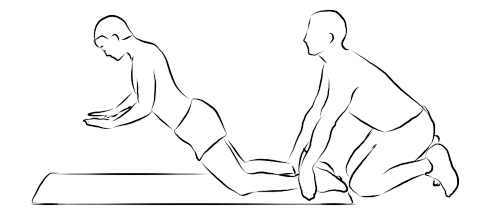
When Bridges become too easy, you can move on to Nordic Hamstring Curls.
The best Bridge movement is Bridge Floor Slides. Use a piece of cardboard or towel on a slick surface, like the kitchen floor. Start by lying down flat with your heels on the cardboard/towel. Perform a bridge pattern while pulling your heels towards your butt.
The different exercises act as the regressions and progressions for this exercise.
All other movements don’t need progressions or regressions. The simple way to change the difficulty is to lessen, or increase the time under tension and/or reps per set.
Cool down and Stretch
After each training it is beneficial to cool down. Our body is warmed up so it is in the great state to do follow up the workout with home stretch routine or light home cardio exercises. Studies find that cool down routine help athletes to recover quicker and lowers the chances of injuries.
Workout Summary

How To Use Bodyweight Workouts
Develop a proper training program based on our Strength Training guide.
All the rules apply for bodyweight workouts!
How To Progress
Move from the regressions to the main movement and finally, go to the progressions. You can also stick with the same movement and add reps sets, reps, and/or reduce time to make progress.
Make it your own
All of us are different and some of the exercises might not be suitable for you. Feel free to pick and choose from this or other home workout exercises to craft a perfect workout for you. I highly recommend you to read a guide on how to make a workout plan to make sure the training is optimal for your goals.
Ready To Try Some Bodyweight Workouts?
Bodyweight workouts are effective and can be made effective for any trainee, whether a total beginner or advanced. Additionally It’s location independent so it is perfect for home workout.
I also love to have my workout accessories neat and organised, for me it provides me with a workout motivation boost so I highly recommend allocating some space for home gym storage, so you are always ready for the next killer workout.
Make sure you progressively overload when necessary and reap the rewards!
